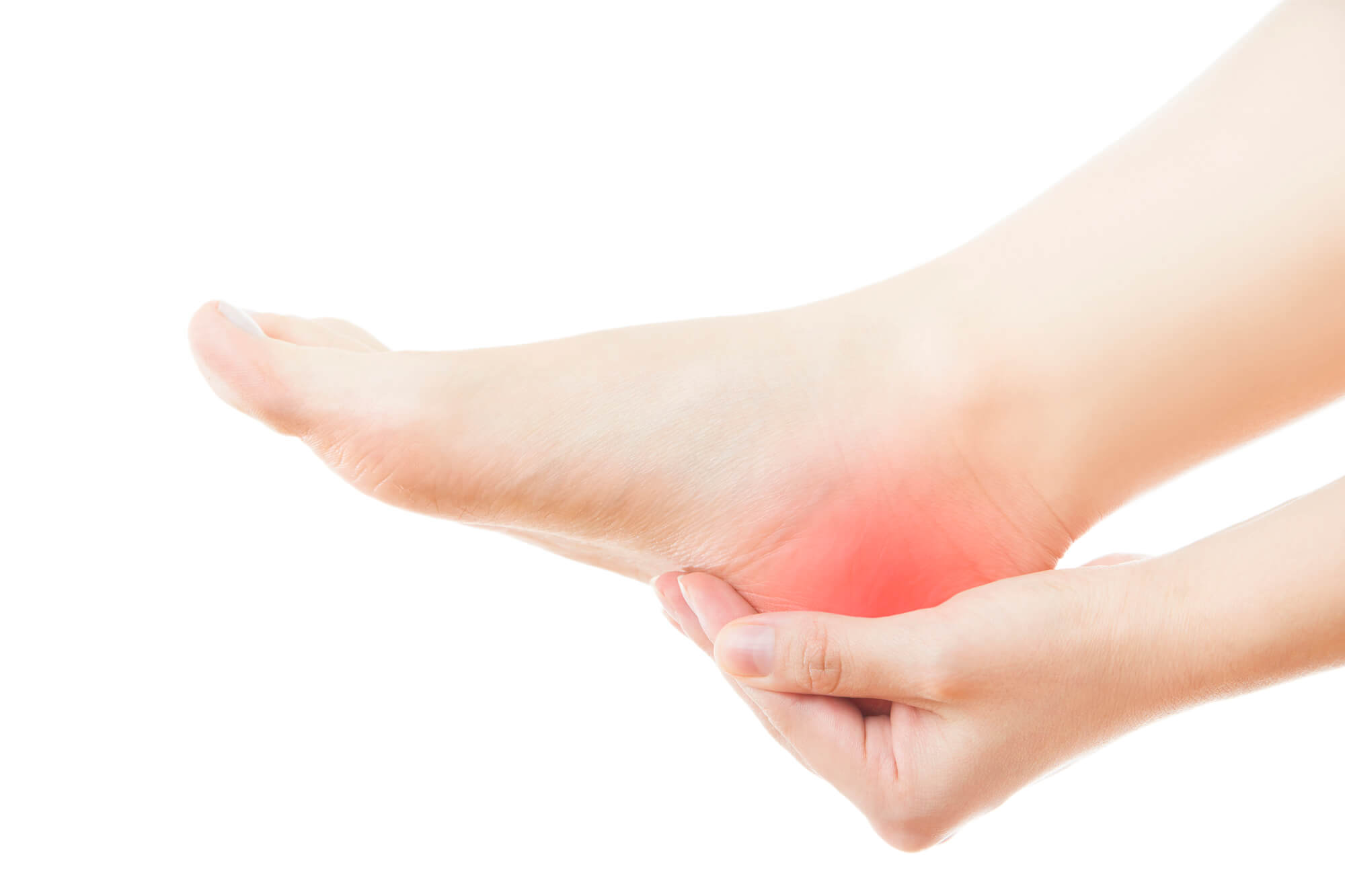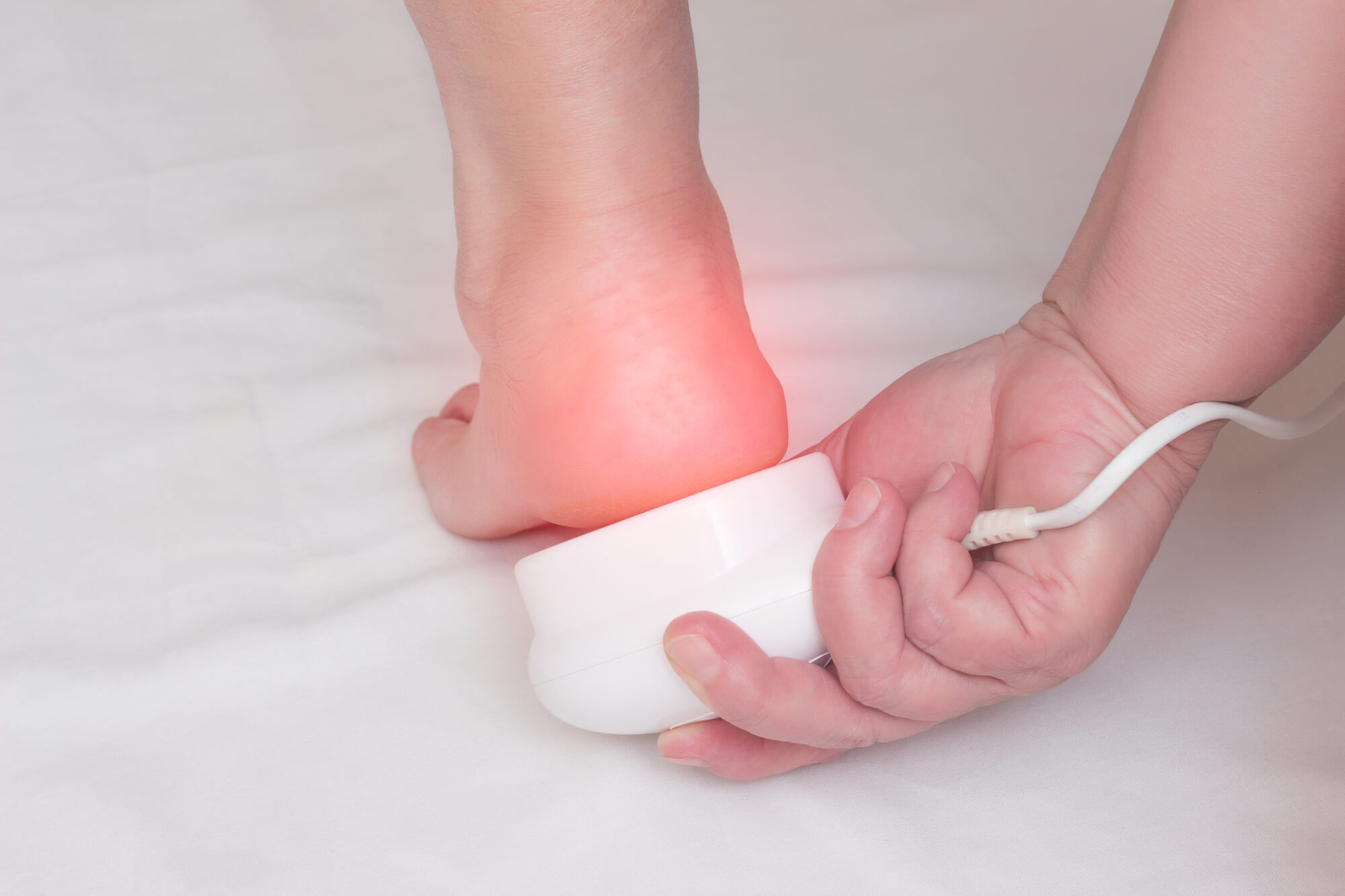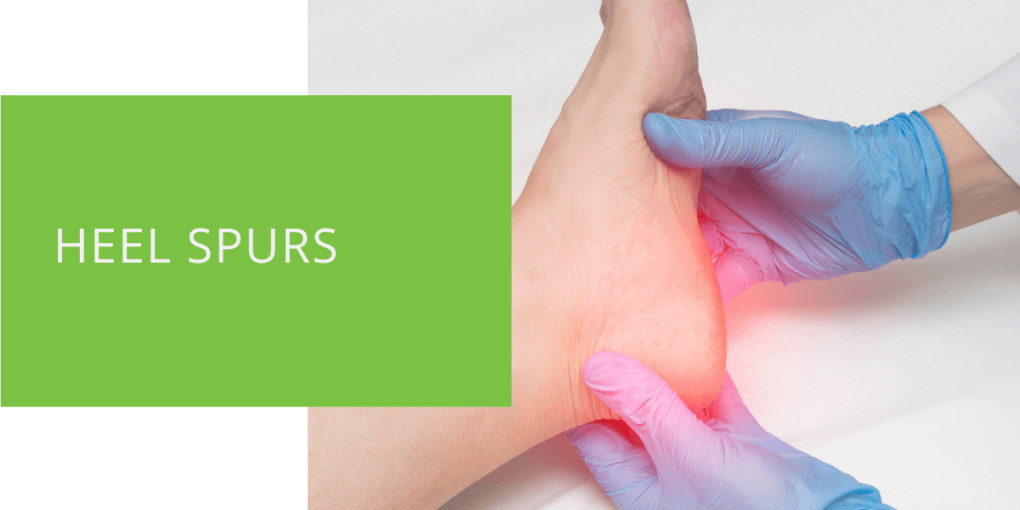Heel Spurs: Symptoms, Causes, & Treatment
Heel spurs are a common foot condition that can cause pain and discomfort. They are bony growths that occur on the heel bone, and can be visible as a bump on the heel. Heel spurs are often caused by repeated strain on the heel, such as from running or standing for long periods of time. In this article, we will discuss the symptoms, causes, and treatment options for heel spurs.
Symptoms of Heel Spurs
Heel spurs can cause a variety of symptoms, including:
Pain in the Heel or Arch of the Foot
One of the most common symptoms of heel spurs is pain in the heel or arch of the foot, especially when standing or walking. This pain can range from a mild ache to a severe, stabbing sensation.
Swelling or Tenderness in the Heel
Heel spurs can also cause swelling or tenderness in the heel. This can make it difficult to wear certain shoes or put pressure on the heel.
Difficulty Walking or Wearing Certain Shoes
The pain and discomfort associated with heel spurs can make it difficult to walk or wear certain shoes. This can be especially frustrating for those who are active or need to stand for long periods of time as part of their job.
Visible Bump on the Heel Bone
In some cases, a heel spur may be visible as a bump on the heel bone. This can often be seen when the foot is bare or when wearing open-backed shoes.

Causes of Heel Spurs
There are several factors that can contribute to the development of heel spurs, including:
Repeated Strain on the Heel
One of the most common causes of heel spurs is repeated strain on the heel, such as from running or standing for long periods of time. This can cause the tissue around the heel bone to become inflamed and lead to the formation of a heel spur.
Poorly Fitting or Worn-Out Shoes
Wearing poorly fitting or worn-out shoes can also contribute to the development of heel spurs. Shoes that do not provide adequate support or cushioning can put excess strain on the heel, leading to inflammation and the formation of a heel spur.
Obesity or Carrying Excess Weight
Carrying excess weight can also increase the risk of developing heel spurs. This is because the added weight puts extra strain on the heels, leading to inflammation and the formation of a heel spur.
Flat Feet or High Arches
Flat feet or high arches can also contribute to the development of heel spurs. Flat feet can cause the heel to roll inward, leading to excess strain on the heel. High arches, on the other hand, can cause the heel to roll outward, leading to inflammation and the formation of a heel spur.
Certain Medical Conditions
Certain medical conditions, such as diabetes and rheumatoid arthritis, can also increase the risk of developing heel spurs. These conditions can cause changes in the way weight is distributed on the feet, leading to excess strain on the heels and the formation of a heel spur

Treatment for Heel Spurs
Treatment for heel spurs depends on the severity of the condition and the underlying cause. Some common treatment options include:
Rest and Avoiding Activities that Put Strain on the Heel
One of the most effective ways to treat heel spurs is to rest and avoid activities that put strain on the heel. This can help to reduce inflammation and allow the heel to heal. It is also important to wear shoes that provide adequate support and cushioning to reduce the risk of further strain on the heel.
Over-the-Counter Pain Medications
Over-the-counter pain medications, such as ibuprofen and acetaminophen, can help to reduce inflammation and pain associated with heel spurs. It is important to follow the dosage instructions on the medication label and to speak with a medical professional before taking any new medications.
Stretching and Strengthening Exercises
Stretching and strengthening exercises can also be helpful in treating heel spurs. Stretching exercises can help to improve flexibility and reduce strain on the heel, while strengthening exercises can help to improve the stability and support of the foot and ankle.
Physical Therapy
In severe cases, a doctor may recommend physical therapy to help reduce inflammation and pain associated with heel spurs. Physical therapy may include exercises, stretches, and massages to help improve flexibility and reduce strain on the heel.
Corticosteroid Injections
A corticosteroid injection can also be used to reduce inflammation and pain associated with heel spurs. This injection is typically given by a medical professional and can provide relief for several weeks or months.
Surgery
In rare cases, surgery may be necessary to remove a heel spur. This is typically only recommended if other treatment options have not been effective in reducing pain and discomfort.

Conclusion
Heel spurs can cause pain and discomfort and can make it difficult to walk or wear certain shoes. Treatment options include resting and avoiding activities that put strain on the heel, wearing proper footwear, and using over-the-counter pain medications. In severe cases, a doctor may recommend physical therapy or a corticosteroid injection, and in rare cases, surgery may be necessary.
If you are experiencing persistent heel pain or suspect you may have a heel spur, it is important to speak with a medical professional to determine the best course of treatment.
FAQ
What are heel spurs?
Heel spurs are bony growths that occur on the heel bone. They are often caused by repeated strain on the heel, such as from running or standing for long periods of time. Heel spurs can cause pain and discomfort, especially when standing or walking.
What is the plantar fascia?
The plantar fascia is a ligament that runs along the bottom of the foot and connects the heel bone to the toes. It helps to support the arch of the foot and absorb shock when walking or running.
What is plantar fasciitis?
Plantar fasciitis is a condition that occurs when the plantar fascia becomes inflamed. This can cause pain and discomfort in the heel and arch of the foot, especially when standing or walking. Plantar fasciitis is often associated with heel spurs.
Should I see a podiatrist for heel spurs?
If you are experiencing persistent heel pain or suspect you may have a heel spur, it is a good idea to see a podiatrist. A podiatrist is a medical professional who specializes in the diagnosis and treatment of foot and ankle conditions, including heel spurs.
Will my doctor order an x-ray for heel spurs?
An x-ray may be ordered to diagnose heel spurs. An x-ray can help to confirm the presence of a heel spur and rule out other possible causes of heel pain.
What causes heel spurs?
Heel spurs are often caused by repeated strain on the heel, such as from running or standing for long periods of time. Other factors that can increase the risk of developing heel spurs include poorly fitting or worn-out shoes, obesity or carrying excess weight, flat feet or high arches, and certain medical conditions such as diabetes and rheumatoid arthritis.
Are anti-inflammatory medications effective for heel spurs?
Anti-inflammatory medications, such as ibuprofen and acetaminophen, can be effective in reducing inflammation and pain associated with heel spurs. It is important to follow the dosage instructions on the medication label and to speak with a medical professional before taking any new medications.
What does a heel spur look like?
A heel spur may be visible as a protrusion on the heel bone, especially when the foot is bare or when wearing open-backed shoes. In some cases, a heel spur may not be visible, but can still cause pain and discomfort.

